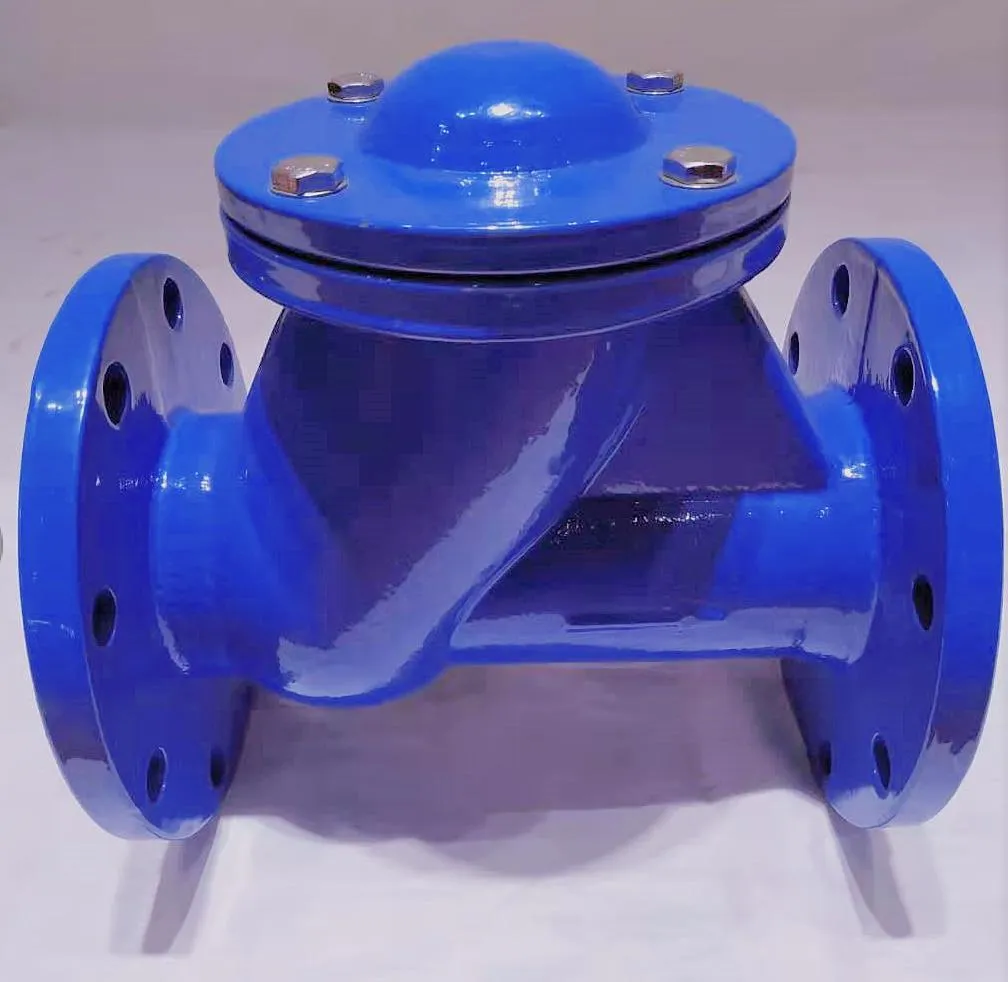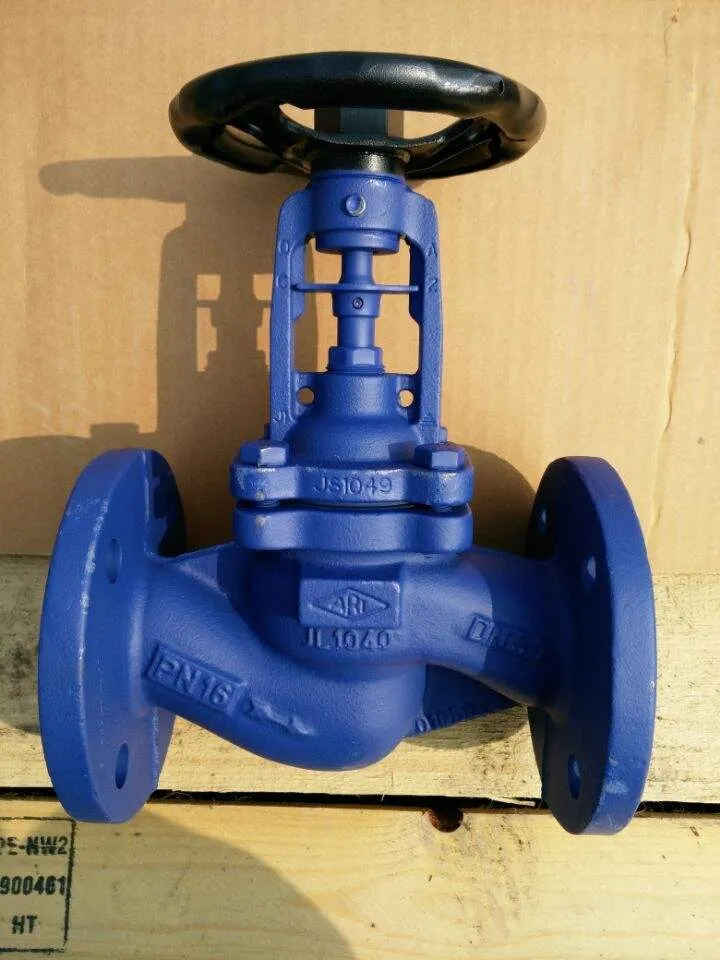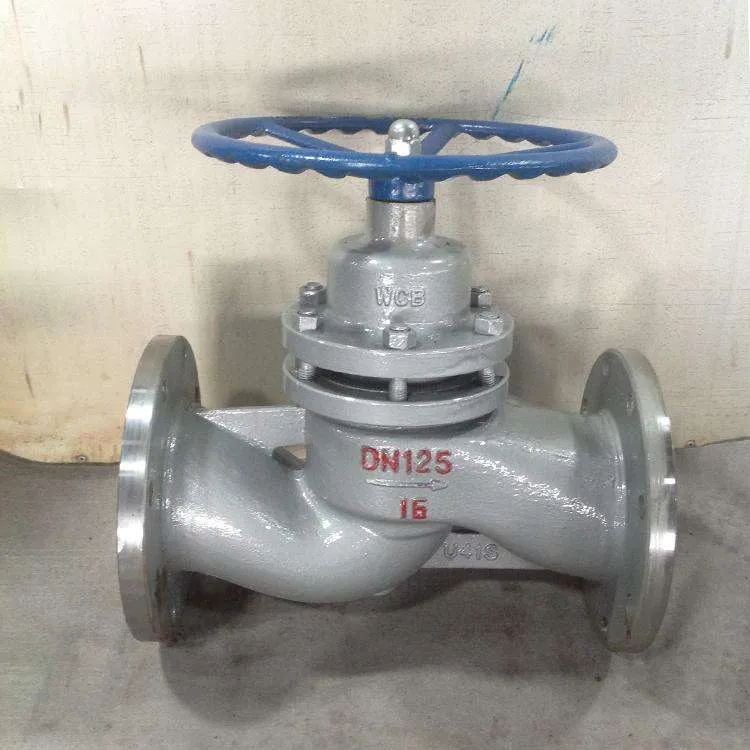Jun . 20, 2025 09:31 Бозгашт ба рӯйхат
Optimizing Check Valve Types Performance in Harsh Environments
Control valves are critical components in industrial systems, ensuring precise regulation of fluid flow, pressure, and temperature. However, harsh environments—such as extreme temperatures, corrosive media, high-pressure conditions, or abrasive particulates—pose significant challenges to valve reliability and longevity. For manufacturers and operators, optimizing control valve performance in these conditions is essential to minimize downtime, reduce maintenance costs, and ensure operational safety. This article explores strategies to enhance valve durability and efficiency, focusing on four key components: lift check valves, liquid check valves, manual check valves, and diverse check valve types.

The Role of Lift Check Valves in Harsh Environment Applications
are designed to prevent backflow in pipelines, a critical function in systems handling aggressive fluids or high-pressure gases. In harsh environments, these valves must withstand rapid pressure changes, corrosion, and mechanical wear.
To optimize lift check valve performance, material selection is paramount. Valves constructed from stainless steel, Hastelloy, or titanium alloys offer superior resistance to corrosion and erosion. Additionally, precision machining of the disc and seat ensures a tight seal, even under fluctuating pressures. For applications involving high-temperature steam or chemicals, coatings like tungsten carbide can extend the valve’s service life.
Regular maintenance is equally vital. Inspecting the valve for debris buildup, seat erosion, or disc misalignment helps prevent premature failure. In systems with pulsating flows, installing dampeners or stabilizers can reduce stress on the lift check valve, ensuring smoother operation.
Enhancing Liquid Check Valve Reliability in Corrosive Media
Liquid check valves are specialized for liquid-dominated systems, where leakage or backflow can lead to contamination or equipment damage. In harsh environments—such as chemical processing plants or offshore oil rigs—these valves face challenges like acidic fluids, saltwater exposure, and abrasive slurries.
A key optimization strategy for liquid check valves is the use of non-metallic components. Seals made from PTFE, EPDM, or Viton provide excellent chemical resistance, while ceramic-coated internals guard against abrasion. For viscous liquids, selecting a swing-style liquid check valve with a low cracking pressure ensures minimal resistance to forward flow.
Installation practices also play a role. Positioning the valve in a vertical orientation, where possible, reduces the risk of sediment accumulation. In horizontal pipelines, regular flushing prevents clogging. Manufacturers offering modular designs enable quick replacement of worn parts, minimizing downtime in critical systems.

Manual Check Valve Maintenance for Long-Term Durability
Manual check valves are often employed in systems requiring occasional flow control or emergency shut-off. While simpler in design than automated variants, their performance in harsh environments depends heavily on proper installation and upkeep.
For manual check valves, lubrication is a cornerstone of maintenance. In high-temperature or dusty settings, grease or silicone-based lubricants protect threaded stems and hinges from seizing. Operators should also verify that handwheels or levers are accessible and clearly labeled, ensuring swift intervention during emergencies.
Material compatibility is another consideration. For example, bronze manual check valves are ideal for seawater applications, while ductile iron suits high-pressure steam. In fire protection systems, valves with UL/FM certifications guarantee reliability under extreme thermal stress.
Selecting Check Valve Types for Specific Harsh Conditions
Understanding check valve types is crucial for matching valve design to environmental demands. Common check valve types include swing, ball, piston, and dual-plate designs, each with distinct advantages.
- Swing check valvesexcel in low-pressure drop applications but require ample space for disc movement.
- Ball check valvesare compact and ideal for viscous fluids, though they may struggle with particulates.
- Piston check valveshandle high-pressure gases effectively but need frequent inspection for wear.
- Dual-plate check valvesoffer rapid closure in liquid systems, reducing water hammer risk.
In abrasive environments, such as mining slurry pipelines, hardened materials and wear-resistant coatings are non-negotiable. For cryogenic applications, check valve types with extended bonnets prevent stem freezing. Collaboration with manufacturers during the design phase ensures valves are tailored to operational specifics.

FAQs About Check Valves in Harsh Environments
How does a lift check valve prevent backflow in high-temperature environments?
A lift check valve uses a vertically moving disc that seals against the seat when flow reverses. In high-temperature settings, materials like Inconel and thermal-resistant seals maintain structural integrity and prevent leakage.
What distinguishes a liquid check valve from other check valve types?
A liquid check valve is optimized for liquid media, often featuring a swing or tilting disc design that minimizes pressure drop. Its materials and seals are selected for compatibility with specific liquids, such as acids or solvents.
Can a manual check valve be automated for remote operation?
No, manual check valves are designed for hand-operated control. For automation, consider motorized or pneumatic valves. However, manual check valves remain valuable for backup or isolation purposes.
Which check valve types are best for corrosive gas applications?
Piston-style check valve types with Hastelloy components are recommended for corrosive gases. Their tight seal and corrosion-resistant materials ensure reliability in chemical or petrochemical systems.
How often should liquid check valves be inspected in abrasive slurry systems?
Inspect liquid check valves every 3–6 months in abrasive environments. Look for wear on seals, discs, and internal coatings, and replace components as needed to prevent failure.
Optimizing control valve performance in harsh environments demands a combination of robust design, material science, and proactive maintenance. By leveraging the unique strengths of lift check valves, liquid check valves, manual check valves, and specialized check valve types, industries can achieve reliable fluid control even under extreme conditions. Manufacturers committed to precision engineering and customer collaboration will continue to lead in delivering solutions that withstand the test of time—and the elements.
-
Why Metric Trapezoidal Thread is Ideal for Precision Motion ControlАхборAug.05,2025
-
The Unique Properties of a Block of Granite for Industrial UseАхборAug.05,2025
-
The Role of Flanged Y Strainers in Preventing Pipeline ClogsАхборAug.05,2025
-
The Importance of Regular Calibration for Master Ring GagesАхборAug.05,2025
-
How a Cast Iron Surface Table Enhances Accuracy in ManufacturingАхборAug.05,2025
-
Comparing Different Check Valve Types for Optimal Flow ControlАхборAug.05,2025
МАХСУЛОТИ марбут









